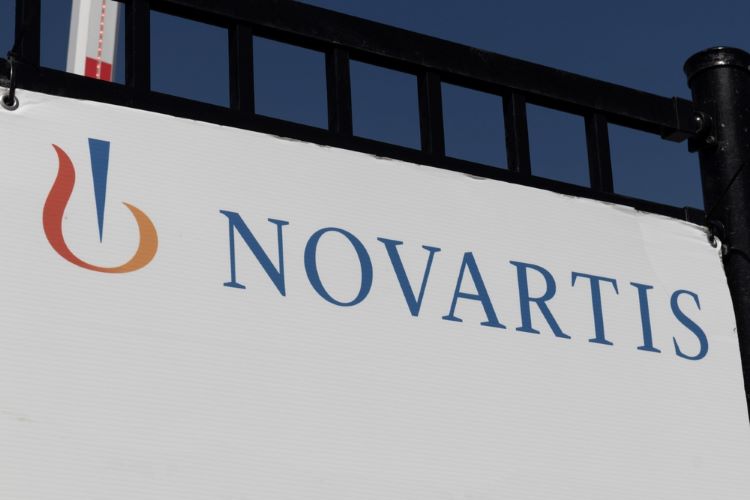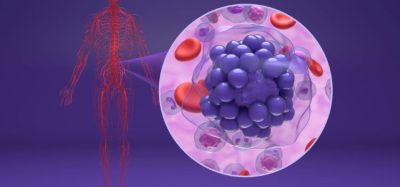Radioligand therapy demonstrates novel first line benefit
Posted: 25 September 2023 | Catherine Eckford (European Pharmaceutical Review) | No comments yet
Novartis’ radioligand therapy (RLT) is the first to demonstrate clinically meaningful benefit in a first line setting.


Credit: Jonathan Weiss / Shutterstock.com
Novartis’ Phase III NETTER-2 trial for its radioligand therapy (RLT) Lutathera® (INN: lutetium (177Lu) oxodotreotide /lutetium Lu 177 dotatate) has demonstrated an ability to offer significant improvement in progression-free survival (PFS) in gastroenteropancreatic neuroendocrine tumours (GEP-NETs).
The radioligand therapy is the first to demonstrate clinically meaningful benefit in a first line setting”
As a first line treatment, in combination with long-acting octreotide, Lutathera provided meaningful PFS benefit in newly diagnosed somatostatin receptor (SSTR)-positive, Grade 2 and 3, advanced GEP-NETs. The treatment the first to demonstrate clinically meaningful benefit in this setting.
The Advanced Accelerator Applications RLT is approved in the US for SSTR-positive GEP-NETs, including foregut, midgut and hindgut NETs in adults and in Europe for unresectable or metastatic, progressive, well-differentiated (G1 and G2), SSTR-positive GEP-NETs in adults.
About NETTER-2
Phase III trial NETTER-2 assessed the radioligand therapy Lutathera compared to high-dose (60mg) long-acting octreotide.
This data from NETTER-2 is Lutathera’s second Phase III trial showing clinically meaningful results in this patient population, according to Novartis.
Approval of Lutathera was originally based on the NETTER-1 trial. Findings showed that the radioligand therapy supported a highly significant PFS prolongation for patients treated with Lutathera when combined with long-acting octreotide versus high-dose (60mg) long-acting octreotide for SSTR-positive, inoperable midgut neuroendocrine tumours (NETs) who were progressing despite standard treatment.
“These positive results for Lutathera are quite remarkable and they represent the potential for radioligand therapy to make a meaningful impact for newly diagnosed patients living with advanced GEP-NETs,” stated Jeff Legos, Executive Vice President, Global Head of Oncology Development at Novartis.
Findings from the Phase III radioligand therapy NETTER-2 trial are planned to be presented at an upcoming medical meeting and discussed with regulators.
Meeting demand for radioligand therapy production
The company has declared that it has expanded its RLT production capabilities in the US, Spain and Italy, to support increasing demand. Additionally, Novartis is planning to build a new radioligand manufacturing facility in Indianapolis, Indiana in the US. The site is expected to be operational in late 2023.
Related topics
Anti-Cancer Therapeutics, Big Pharma, Biopharmaceuticals, Clinical Development, Clinical Trials, Drug Safety, Research & Development (R&D), Therapeutics









